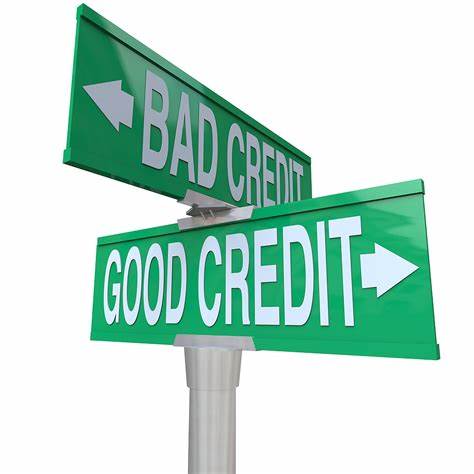Banks are trying to attract customers and are usually willing to offer cardholders benefits and benefits, including low interest rates, rewards and even signing bonuses. But do you know, if you ask, credit card issuers may also provide some additional services? We've put together a list of six little-known benefits, and as long as you make a call, these benefits are available – some may even help your credit health.
 This article is part of a series of articles about understanding your FICO credit score, and we'll delve into each component that details your credit score calculation. In the first two parts of this series, you learned that the payment history and the amount owed have the greatest impact on your FICO credit score. In this article, you will learn about the next biggest factor in the FICO score, the length of your credit history and credit mix.
This article is part of a series of articles about understanding your FICO credit score, and we'll delve into each component that details your credit score calculation. In the first two parts of this series, you learned that the payment history and the amount owed have the greatest impact on your FICO credit score. In this article, you will learn about the next biggest factor in the FICO score, the length of your credit history and credit mix.Part 3: Length of credit history (15%)
In general, if you don't have any credit history, start by opening a credit card account now. If you have been managing credit for a while, try to avoid closing your oldest account, even if you don't use it often.
10% of the FICO score really depends on what kind of credit account you are using, such as credit cards, retail accounts (like department store cards), installment loans, and mortgages. Experience with managing revolving and installment loans may give lenders more confidence. However, there is no need for everyone to have one, and extracting a loan you don't need is often not a good idea.
In addition, your credit score will see the total number of different credit accounts you have. However, there are no magic numbers, and how much depends on your overall credit status. Closing an account won't make it disappear - the lender can still see that you have paid off the account. However, as discussed in Parts 2 and 3, it is still possible to influence your score by affecting the length and usage of your credit history, so please consider carefully before closing your old account.



